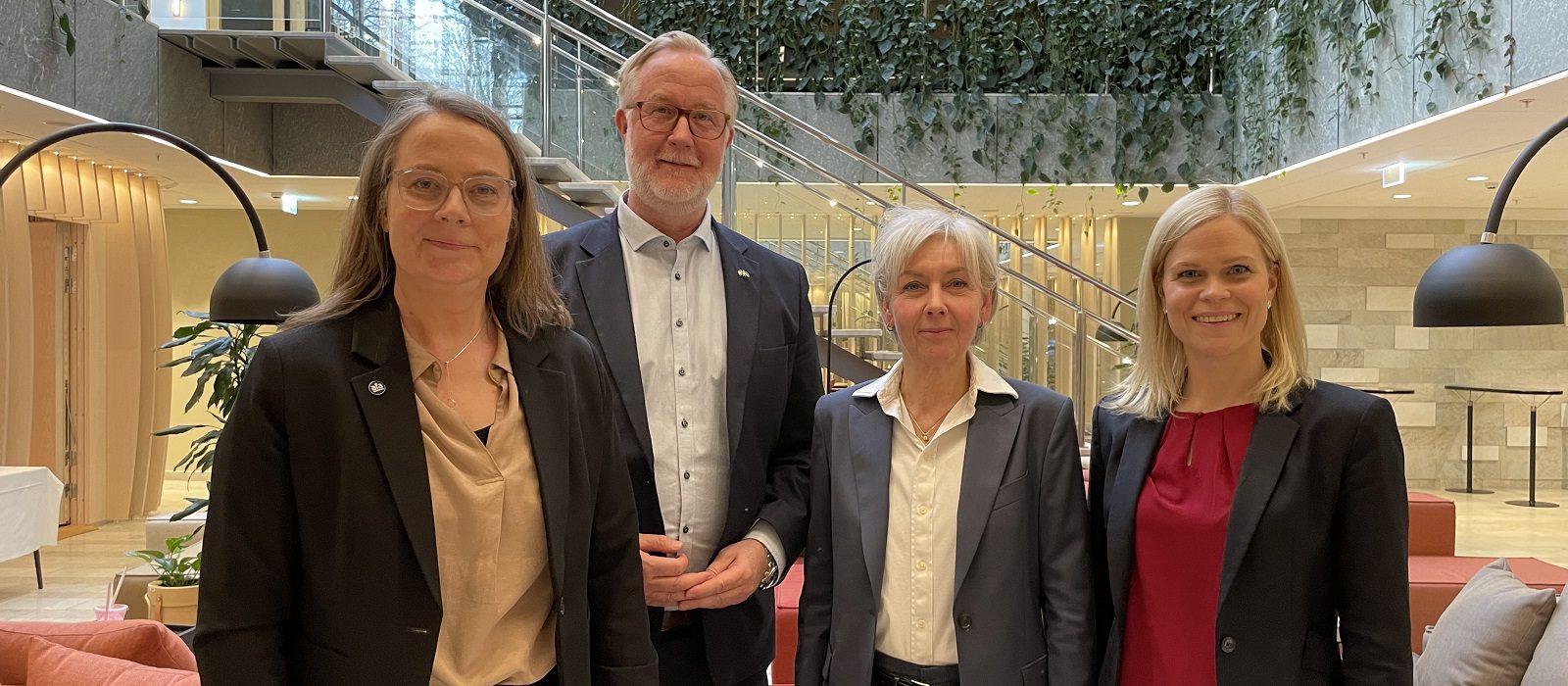According to a new report by ICMIF Supporting Member AM Best, increased losses from not only natural catastrophe events, but from so-called secondary perils as well, along with the pandemic impacts and economic uncertainty, many global reinsurance companies have shifted their business mix into casualty and specialty primary lines where pricing movement is still positive.
The Best’s Market Segment Report, “Global Reinsurance: More Stable and Improved Results Following Shift from Property Catastrophe Risks,” is part of AM Best’s look at the global reinsurance industry ahead of the Rendez-Vous de Septembre in Monte Carlo. Additional reports, including AM Best’s annual ranking of the Top 50 global reinsurance groups and in-depth looks at the insurance-linked securities, Lloyd’s, life reinsurance, mortgage and regional reinsurance markets, will be available during August and September.
According to this new report, a higher frequency of catastrophe events in the last five years is exerting significant pressure on the level of confidence users put in modelling tools, a key component in the pricing process. In addition, reinsurers are finding that not only the underwriting environment has become less predictable, as government action also has had a huge impact in market conditions. “One of the reasons behind the abundance of capital was the low interest rate environment” and “Now that central banks are trying to control inflation, capital is becoming tighter, recession fears loom and asset valuations declines are hurting balance sheets in a way that catastrophe losses thus far have not been able to” said Carlos Wong-Fupuy, Senior Director, AM Best.
Even with rate increases, most reinsurers view current pricing on property catastrophe risks still not high enough to compensate for the ongoing level of uncertainty, whereas casualty and specialty primary lines are more attractive as they comparatively generate more stable, predictable patterns. Social and economic inflation remain an issue, but current margins embedded in the pricing reward reinsurers adequately for the risk taken. The report also notes that the long-term nature of casualty lines provides the opportunity to generate investment returns and dramatically reduce liquidity risk.
“Although casualty and specialty lines are not immune from accumulation risk, as seen in major events such as the pandemic or the Ukraine invasion, they are considered to be more manageable and less frequent compared with a natural catastrophe on the property side,” said Wong-Fupuy. “Secondary perils also have become more prominent than ever.”
AM Best still views the global reinsurance segment as very well-capitalised and disciplined. A number of re-alignment initiatives have been taking place for at least the last three years, and although the pandemic slowed the results of those efforts, the global reinsurance segment generated a combined ratio in 2021 below 100% for the first time in five years, at 96.4%, with a return on equity of 9.2%, compared with 2.3% in 2020. Carriers continue to invest significant resources to address the rapidly evolving risks that it faces, and most highly rated companies have demonstrated the ability to adapt their business plans to changing market conditions and generate sustained profits. Reinsurers remain innovative due to their level of sophistication in risk selection, pricing, product development and capital management. For these reasons, AM Best is maintaining its stable market segment outlook on the global reinsurance industry. At the same time, AM Best recognises that the strength and relevance of each driver underpinning the outlook remains in flux, with business profiles shifting to reflect the growing complexity of the risk environment at a global level.
Wong-Fupuy said: “Informed uncertainty is at the core of a portfolio of insurable risks,” “In the end, the balance between the volatility of recent experience and perceived margins embedded in current rates is what determines risk appetite. For certain types of risks, such as natural catastrophes, that recent volatility has become either too onerous, or for some reinsurers, unacceptable.”
As well as attending the Rendez-Vous de Septembre in Monaco, AM Best is in partnership with ICMIF and Covéa for this year’s ICMIF Monaco Mutuelle cocktail event taking place at 5pm on Tuesday 13 September. This event will allow mutual and cooperative insurers from around the world to network and make new connections, thereby strengthening their organisations.
If you would like to know more or register your interest for ICMIF’s Monaco Mutuelle event, please contact ICMIF at [email protected].
To access a full copy of this market segment report, please click here.
For future global reinsurance reports ahead of Rendez-Vous de Septembre, please visit Best’s Research.
Lastly, AM Best will host its annual reinsurance market briefing at the Rendez-Vous de Septembre on Sunday 11 September at 10.15 am (CEST), at the Hermitage Hotel in Monte Carlo. For more information on how to attend, please click here.






